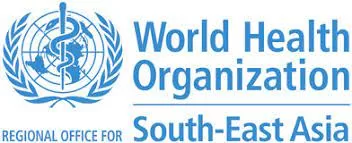A groundbreaking study conducted by Yale University sheds light on a concerning trend within medical education: students who take leaves of absence during medical school are significantly less likely to match into residency or fellowship programs, with Black students disproportionately affected. The findings, published on April 15 in JAMA, highlight the need for reevaluation of admission criteria to mitigate these disparities and ensure a more equitable pathway for all aspiring physicians.
Lead author of the study, Mytien Nguyen, an M.D.-Ph.D. student at Yale School of Medicine, emphasized the multifaceted reasons behind students taking leaves of absence, ranging from medical and mental health issues to financial constraints or academic challenges. To assess the impact of these leaves on residency placement, Nguyen and her colleagues analyzed data from students who entered U.S. medical schools in 2014 and 2015.
Their analysis, encompassing nearly 37,500 students, revealed that 5.68% of students took a leave of absence during medical school. Alarmingly, students from historically marginalized groups, including American Indian, Alaska Native, Native Hawaiian, Pacific Islander, Black, and Hispanic students, took leaves at significantly higher rates compared to their Asian and white counterparts.
Even more concerning was the disparity in residency and fellowship match rates between students who took leaves of absence and those who did not. While 3.7% of students who did not take leave failed to match into programs, this rate skyrocketed to 20.3% among students who took leave. Importantly, the negative impact of taking leave was found to disproportionately affect Black students compared to white students, exacerbating existing disparities in medical education.
Nguyen underscored the repercussions of nonplacement, which can derail an individual’s career trajectory and exacerbate financial strain. With each application cycle demanding substantial time and financial resources, the stakes are high for students navigating the competitive residency match process.
The study also highlighted the prevalence of experiences of mistreatment and discrimination, which have been linked to student burnout and attrition from medical school. These experiences may contribute to the decision to take leave and further compound the challenges faced by underrepresented students in medicine.
In light of these findings, the researchers emphasize the urgent need for residency and fellowship programs, as well as medical schools, to reassess their policies and practices. Senior author Dowin Boatright, now Vice Chair of Research in the Department of Emergency Medicine at New York University Grossman School of Medicine, urged programs to evaluate potential biases in their applicant assessment policies and adopt more holistic review processes.
Moreover, Nguyen advocated for supportive policies to assist students during their leave and facilitate their seamless reintegration upon their return. Measures such as retaining access to essential resources like healthcare and libraries during leave and implementing robust reintegration processes can mitigate the adverse effects of taking leave and promote student success.
As the medical community grapples with the imperative of fostering diversity and equity, addressing the challenges faced by students who take leave of absence emerges as a critical step toward creating a more inclusive and equitable medical workforce.










